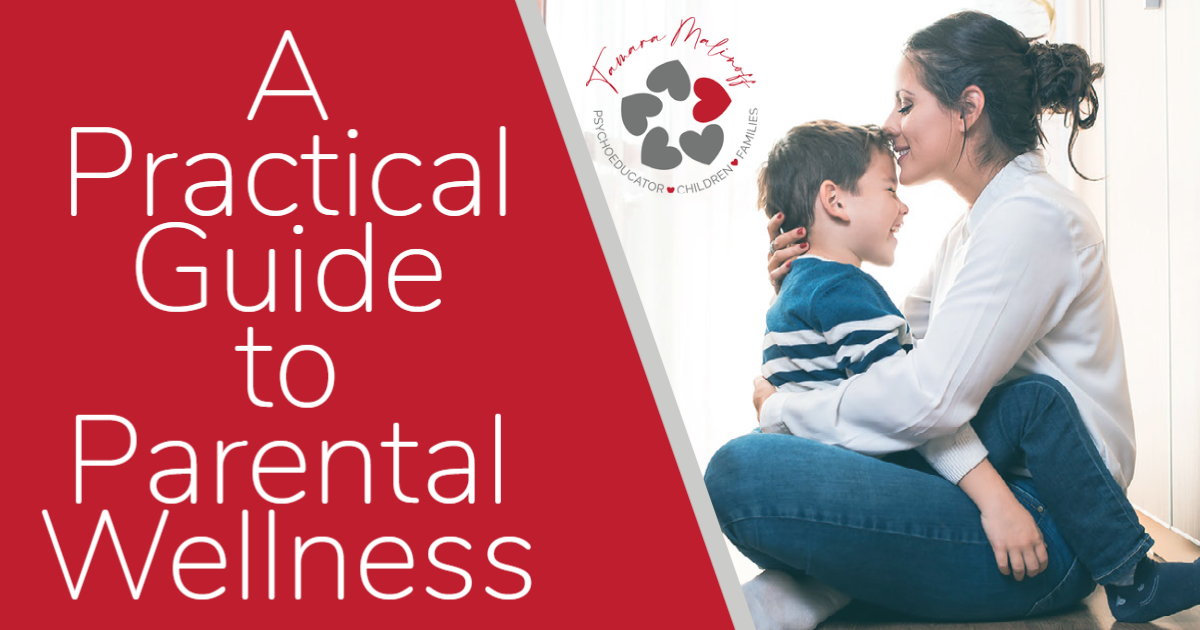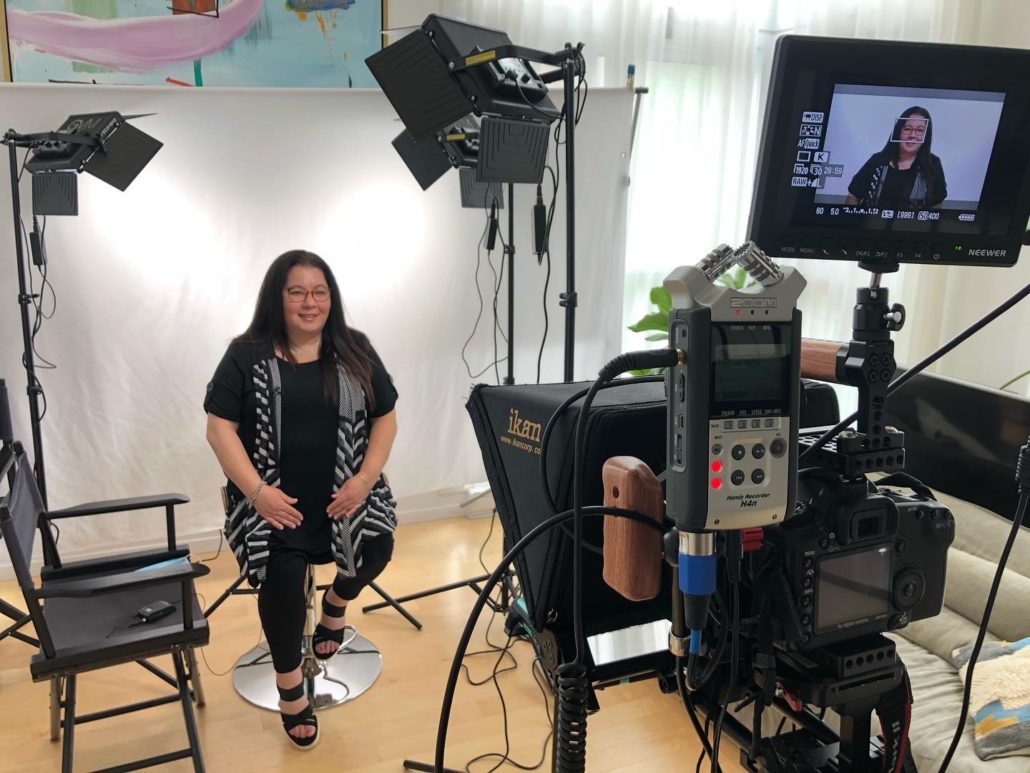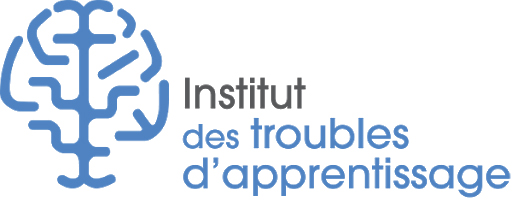As a psychoeducator, I was invited to collaborate on a special project; filming videos on learning disability strategies with the Learning Disabilities Institute. The videos below will provide helpful strategies specifically recorded for either children, parents or educators.
How does my brain learn?
We spend time learning how computers, phones, and software work, but no one ever teaches us how our brain works, yet this is the basis for successful learning.
This video clip will help students to better understand how the brain learns in order to choose effective strategies.
How does the brain learn?
Cognitive science provides us with key knowledge about the effectiveness of teaching and a classroom environment that supports learning. Understanding how students think and learn can help us to adapt our teaching practice.
This video clips will help educators to better understand how the brain learns in order to choose effective strategies.
How can we teach metacognition skills at the post-secondary level
Entering post-secondary education can be a challenge for a youth with a learning disability or an associated disorder (such as ADHD). Why? First, because teaching methods are different and make learning much more difficult with a Learning Disability. And second, because it has been shown that students with a Learning Disability generally use fewer strategies or use them ineffectively.
This video provide metacognitive strategies for educators to help youth learn.
How to reduce restlessness in a student with ADHD?
Young people with ADHD can be very restless at home and in the classroom, which can disrupt positive family dynamics as well as their learning. This video will provide strategies on how to intervene to limit their restlessness while also responding to their need to move.
ADHD: How to help your students gain more control over their impulsivity?
Children with Attention Deficit Disorder (ADHD) lose control easily. They can be impulsive, and you feel they are lacking self-control. These are known as self-regulation skills. The good news is that they can be improved through positive family guidance. There are different types of strategies: those that can prevent a crisis from happening and those that will allow us to intervene.
How can we teach metacognition skills at the post-secondary level?
Entering post-secondary education can be a challenge for a youth with a learning disability or an associated disorder (such as ADHD). Why? First, because teaching methods are different and make learning much more difficult with a Learning Disability. And second, because it has been shown that students with a Learning Disability generally use fewer strategies or use them ineffectively.
This video provide metacognitive strategies for educators to help youth learn.
Surviving post-secondary with a learning disability: Metacognitive Strategies
Entering post-secondary education can be a challenge for a youth with a learning disability or an associated disorder (such as ADHD). Why? First, because teaching methods are different and make learning much more difficult with a Learning Disability. And second, because it has been shown that students with a Learning Disability generally use fewer strategies or use them ineffectively.
This video provide metacognitive strategies for students to help them learn.
Surviving post-secondary with a learning disability: Cognitive Strategies
Entering a post-secondary institution can be challenging for youth with a learning disability or an associated disorder (such as ADHD). Why? First, because teaching methods are different which makes learning much more difficult with a Learning Disability. And second, because it has been shown that students with a Learning Disability generally use fewer strategies or use them ineffectively.
This video provides you with cognitive strategies to make learning easier.






